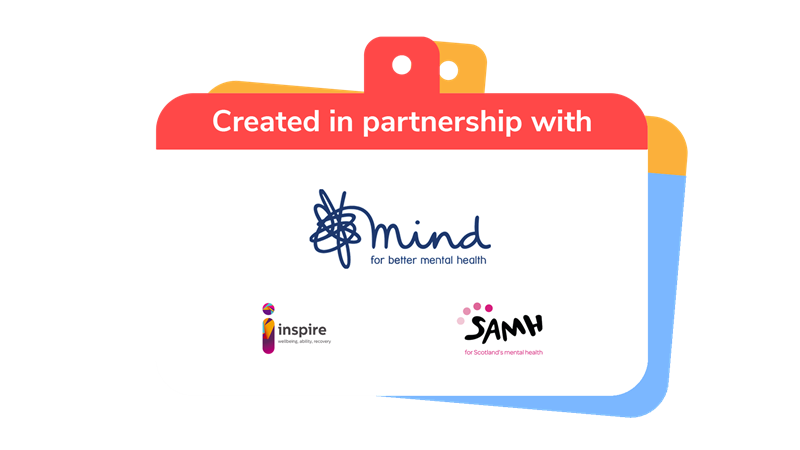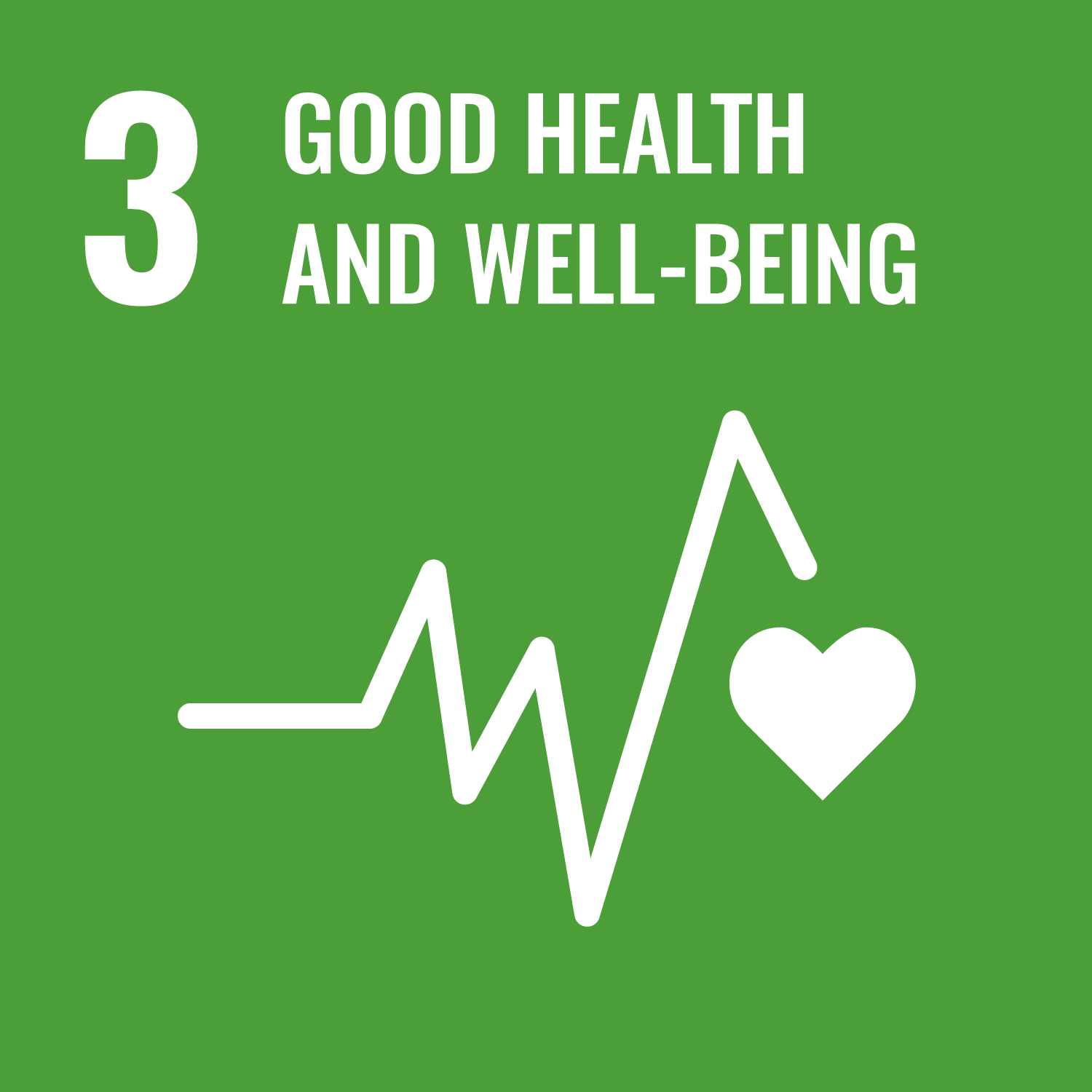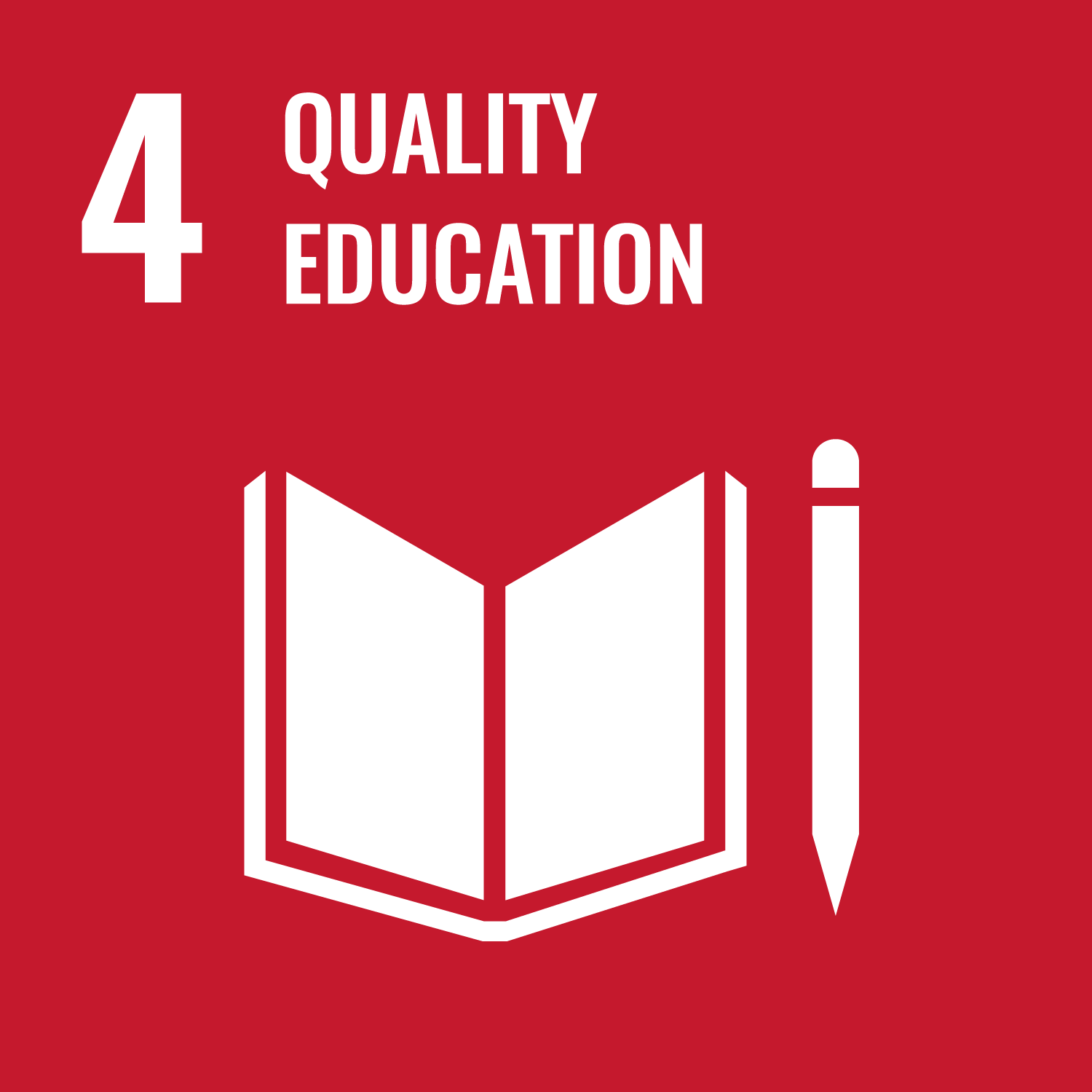
Speak out for mental health
You’ll need
- Pens or pencils
- A4 paper
Before you begin
- Find your decision maker. You can find your member of parliament with the parliament website. If you’re in Wales, you could also contact your member of the Senedd; in Scotland, your member of Scottish parliament; and in Northern Ireland your member of the legislative assembly.
- You may want to do some research to see what your decision maker’s already done about mental health in your area.
Plan the visit
- The person leading the activity should explain that members of parliament and other decision makers represent the people living in an area – speaking to them is a great way for people to get their voices heard and influence positive changes.
MPs also speak to local service providers as part of their job so they may be able to share your perspective.
- Everyone should work together to decide what they’ll tell the decision maker. For example, they could show explain how they shared myth-busting information or put on a de-stresstival; show them chatterboxes, community wellbeing maps, or wellbeing boxes; or play Better mental health bingo. They should remember that the decision maker may not know much about young people’s mental health, so start with the basics.
How will you explain why mental health and wellbeing are important? You could share your own experiences or what motivated them to campaign for better mental health for all.
- Everyone should work together to plan what they’d like to ask their decision maker. How will they find out more about their plans to achieve better mental health for all? They should write down their questions so they remember to ask them (and so the decision maker has a chance to think about their answers in advance).
Think about what you’ll ask your decision maker to do to make a difference. Sometimes people talk about having a ‘call to action’.
- Everyone should work together to decide how they’ll ask the questions. Do they want a relaxed chat or a more formal interview? Perhaps they’d like to pretend to be on a TV show or at a press conference.
It’s up to you whether people take it in turns to ask questions or whether one person asks on everyone’s behalf. Will you record the interview or make notes?
- Everyone should think about how they’ll take care of their wellbeing. What will they do if they start feeling overwhelmed? What if someone decides they don’t want to share their experience after all?
For example, you could plan a quiet space where people can take a break or agree a plan for checking in with each other.
- Someone should get in contact with the decision maker and invite them to visit. It’s best to explain why you’d like them to visit and what you’ll do, and to be flexible with dates. Don’t forget to include details so they can get back to you.
The best way to do this is to call or email their office. It’s up to you who does this. Remember that decision makers are busy – it’s OK to try again and get back in touch if you don’t get a response.
- Once the decision maker has replied, someone should confirm the arrangements and send over the questions so they’re ready on the day.
Meet your decision maker
- Everyone should make sure they’re ready and that they remember what their role is.
- Everyone should take a deep breath and follow their plan to chat to their decision maker. It may seem daunting, but by turning up the decision maker’s making it clear that they care what people have to say.
- After the meeting, everyone should remind themselves that they’ve done a great thing by using their voice to campaign.
- Everyone should follow up after the meeting with an email to say thank you and remind the decision maker of any actions they agreed on.

This activity helps contribute towards some of the UN's Sustainable Development Goals. Find out more about the SDGs, and how Scouts across the world are getting involved.



Reflection
This activity was all about improving wellbeing and helping your community. Why is it important to share information about mental health? People could think about how it helps everyone learn together and reduces stigma, making it easier for people to talk about their experiences. Had people contacted their decision makers before? How could contacting a decision maker help the community? People could think about how decision makers have power to make bigger changes that ordinary people can’t do on their own. What will people do if change doesn’t happen? They could get back in contact or get other decision makers involved.
Safety
All activities must be safely managed. You must complete a thorough risk assessment and take appropriate steps to reduce risk. Use the safety checklist to help you plan and risk assess your activity. Always get approval for the activity, and have suitable supervision and an InTouch process.
It’s up to you who contacts your decision maker. Some groups may need an adult to do this for them while others could draft and send an email from the group’s email address.
You don’t have to stop once you’ve met with your decision maker – how else can you get important people’s attention and engage them? Who can think of creative ideas to spread the message of better mental health for all?
If people don’t want to speak up, that’s OK. If they have a question they’d like to ask, a friend could read it out for them.
All Scout activities should be inclusive and accessible.
Ask your decision maker for permission to tell others about their visit and interview. You could share it on your own social media or through local media so everyone in the community’s aware of what’s happened and what their decision maker will to do achieve better mental health for all.
You could arrange to visit your decision maker’s office to follow up on your meeting. Some decision makers have open office hours or coffee mornings – these could be the perfect opportunity to ask questions in person.
Discover more at https://www.mind.org.uk/
